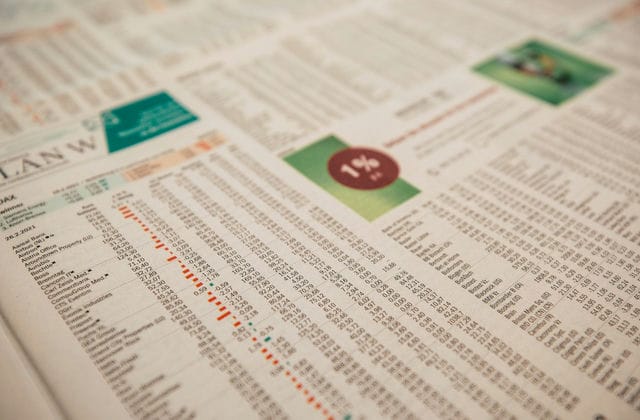For investors, options have brought new risk management solutions. For traders, options have opened a new trading field. Therefore, understanding the characteristics of options is an important topic. To this end, Haitong Futures and Options Department specially summarized several characteristics of options, and shared them as follows:
Options have a unique nonlinear profit and loss structure.
This comes from the unequal nature of the rights and obligations of the option contract. What is the significance of this for investors? The answer is simple. The nonlinear profit and loss structure of options enables investors to design many structural risk management schemes and products.
For example, it is known that a customer needs a batch of raw materials one month later and is worried about the future price rise. If the customer is extremely risk averse, he can choose to buy the average call option of the raw material. In this way, he can not only completely avoid the risk of rising raw material prices, but also enjoy the benefits of falling raw material prices. Of course, as a price, the customer needs to pay more expensive royalties. If the customer is not extremely risk averse, he can choose to buy a call option with a lower value. In this way, customers can partly avoid the upward risk of spot price and also enjoy the downward benefit of spot price. In return, the customer only needs to pay a small royalty. Moreover, if the customer can withstand a certain degree of price fluctuation, he can choose to buy a call option with a lower value and sell a put option with a lower value. In this way, the customer partly avoided the upward risk of spot price, and at the same time partially enjoyed the downward benefit of spot price. As compensation for taking risks, customers only need to pay a small amount, or even no royalty at all. Obviously, if there is only futures but no options in the market, it is difficult to meet the different needs of customers for risks. However, this function of options can only be attributed to its non-linear profit and loss structure.

Options can be traded in the time dimension.
Unlike futures, the price of an option is very sensitive to its maturity. For example, the price of a call option expiring in three months will be several times higher than that of a call option expiring in one month. It is generally understood that the longer the term of an option is, the longer the protection period is given to the option buyer. Therefore, higher fees should be charged. In the profession, we say that the time value of forward options is higher than that of short-term options. As the seller of options, he always hopes that time can pass quickly and his options will depreciate continuously. The strategy of earning option value decreases with the passage of time is called earning time value strategy. Such strategies have also been highly praised by trading experts. Using this attribute of options, the international financial market has developed option income funds, which aim to steadily earn the appreciation income of cash and decline the value of options by holding cash and selling options. For example, Global Stocks PLUS&Income Fund under PIMCO, a famous bond investment management institution, and Tax Managed Buy Write Income Fund under Eaton Vance Management.
Options can trade in the dimension of volatility.
In the famous Black Scholes Morton option pricing formula, the option price is affected by the underlying price, exercise price, term, interest rate and implied volatility. The price and implied volatility of the subject matter are uncertain. Traditional futures or stock traders will make buying and selling decisions by predicting the short-term trend of the price of the subject matter. But for option traders, they can not only make buying and selling decisions by predicting the short-term trend of the price of the subject matter, but also make buying and selling decisions based on the rationality of the implied volatility. Since the implied volatility is positively related to the option price and the real volatility of the subject matter, as an implied volatility trader, if he expects that the implied volatility will decrease in the future, he will choose to sell the option for profit, otherwise he will buy the option. Therefore, options give traders an additional trading option. Of course, options trading has become complicated. For example, if the direction trader determines that the market will fall in the future, he needs to consider whether the direction of change of implied volatility is beneficial to him before making a buying and selling decision. If the future market goes down, but the implied volatility goes down, a simple put option may not be profitable.
In a word, compared with other financial derivatives such as futures, options have many unique properties in essence. It is precisely because of these unique properties of options that its introduction completes the risk control system of the market and also gives traders more trading options. For detailed options hedging strategies and trading strategies, please pay attention to the subsequent investor education column of Haitong Futures "Open Talk to the Rights and People".





























